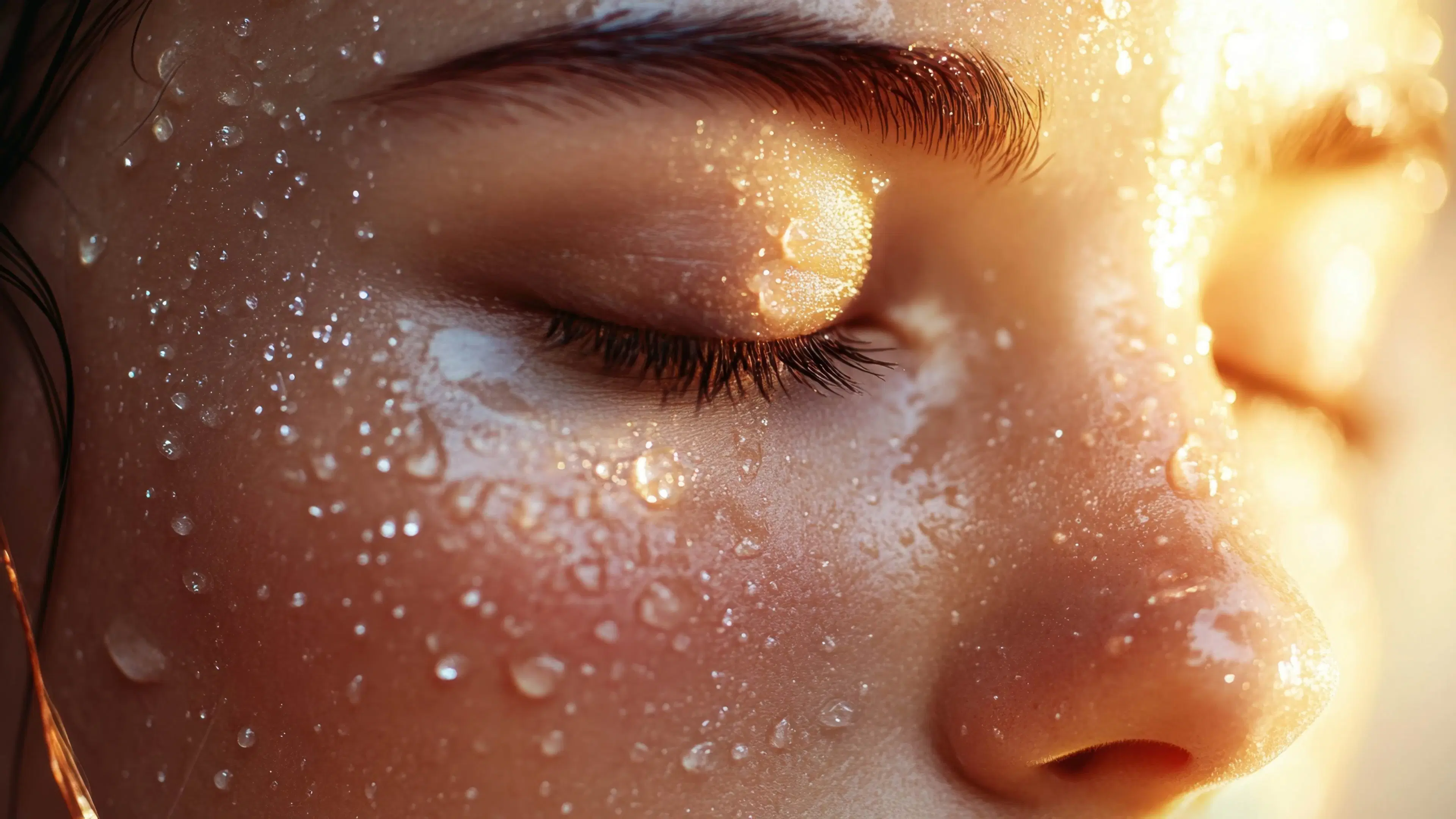
Beauty & Skincare
•04 min read
-5ba1f1f6-995b-4617-a1ff-43890351cff7.png&w=3840&q=75)
Chemical peels have become a favorite among skincare enthusiasts for their ability to give the skin a youthful boost. But many wonder: does chemical peel remove facial hair? This quick checklist covers everything you need to know about chemical peels, how they interact with facial hair, and what to expect after treatment. By reading on, you will learn about the mechanism behind chemical peels, their benefits for skin and facial hair, and the best practices for post-peel skincare.
Chemical peels are cosmetic treatments where specialized acids, such as glycolic, salicylic, or trichloroacetic acid, are applied to the skin. The acid works to exfoliate the outer layers, revealing fresher and smoother skin underneath. This process is known for accelerating cellular turnover, dissolving dead skin cells, and promoting collagen production. Although these treatments are primarily designed for skin rejuvenation, they may also have a secondary impact on facial hair. The exfoliating action can temporarily loosen fine hairs, including peach fuzz, thereby smoothing the skin's surface.
Chemical peels offer multiple benefits, not just for skin clarity but also for transient improvements in the appearance of facial hair. Here are some of the key benefits for skin health and the potential benefits for facial hair:
Improves skin texture and tone
Reduces acne and acne scarring
Minimizes signs of aging such as fine lines and wrinkles
Enhances the absorption of skincare products after the treatment
When it comes to facial hair, especially peach fuzz, chemical peels can be helpful. The gentle exfoliation helps to remove finer hairs temporarily, creating a smoother canvas perfect for makeup application and reducing the chance of ingrown hairs. It is important to note that while many find that a mild glycolic acid peel does indeed help remove peach fuzz, results remain temporary.
-9872eb55-9af0-4022-8644-bd8f05e8333e.png&w=3840&q=75)
Even though chemical peels are excellent for skin rejuvenation, they are not a permanent solution for facial hair removal. The process of chemical exfoliation for facial hair helps remove dead skin cells and loosens fine hairs, making the skin appear clearer. However, these benefits are most effective for lighter and finer hair types. For those with thicker or coarser hair, the results might not be as pronounced. Although the peel may have some effect on hair texture by temporarily lightening or thinning it, the hair follicles remain untouched, meaning the hair will eventually regrow.
Expert Tip: Chemical Peels and Peach Fuzz – What You Should Know
While chemical peels can help remove peach fuzz temporarily by exfoliating the skin, they are not a substitute for dedicated facial hair removal treatments like dermaplaning or laser therapy. To achieve a smoother appearance, opt for a mild peel and follow a diligent skincare aftercare routine.
Post-treatment care is crucial to maximize the benefits of your chemical peel. After undergoing the procedure, it is essential to treat your skin with gentle care. For a week after your treatment, use mild cleansers and avoid abrasive scrubs or harsh exfoliants. This precaution helps ensure that the skin heals properly and maintains hydration. A broad-spectrum sunscreen should be applied daily, as the new skin is more sensitive to UV rays. Regular moisturizing also plays an important role in supporting skin healing and preserving the appearance of smoother, radiant skin.
If you experience fine hair regrowth after the peel, it is best to avoid aggressive methods like waxing or shaving for 7 to 10 days. Instead, consider alternative facial hair removal treatments that can work in harmony with your peeling routine. Treatments such as dermaplaning or even laser hair removal are targeted specifically for hair management and can be beneficial for long-term results. Keep in mind that while chemical peels may offer temporary reduction in hair density, they do not modify the hair follicle permanently.
When looking for long-lasting facial hair removal solutions, there are several alternative treatments to consider. Dermaplaning, for instance, is a popular procedure that uses a sterile scalpel to gently remove dead skin cells and fine hairs, leaving the skin ultra-smooth. Laser hair removal stands out as another effective treatment; it targets the hair follicles to prevent future hair growth and is known for its long-term results. For those who prefer traditional methods, waxing and threading provide effective removal solutions, though they may be harsher on the skin, especially immediately following a chemical peel. Each treatment has its own benefits, with chemical peels focusing primarily on skin rejuvenation and having secondary effects on facial hair, while other methods are tailored specifically for hair removal.

Chemical peels can temporarily reduce fine facial hair like peach fuzz by exfoliating the skin, but they do not offer permanent hair removal.
Products like peel-off masks and chemical peels may remove some fine hairs during the exfoliation process; however, their main purpose is to enhance skin texture and tone rather than to permanently remove hair.
Common side effects include redness, dryness, peeling, and sensitivity. These are usually mild and fade with proper aftercare.
As you can see, chemical peels deliver significant chemical peel benefits for skin by enhancing texture and tone, while providing a temporary solution for removing peach fuzz and fine hairs. For those seeking beauty treatments for smoother skin specifically through facial hair removal, it is important to consider that the process is temporary. Maintaining a well-rounded skincare routine after chemical peel treatments can help support skin healing while preserving the benefits of improved skin clarity. Experimenting with a variety of treatments while embracing your self-expression and individual style enables you to balance skin health with your beauty goals.
By understanding how chemical peels affect facial hair and incorporating expert aftercare techniques, you can achieve a more radiant complexion and a smoother look. Enjoy your journey towards clear, vibrant skin, and remember, your style is a unique expression of your identity.